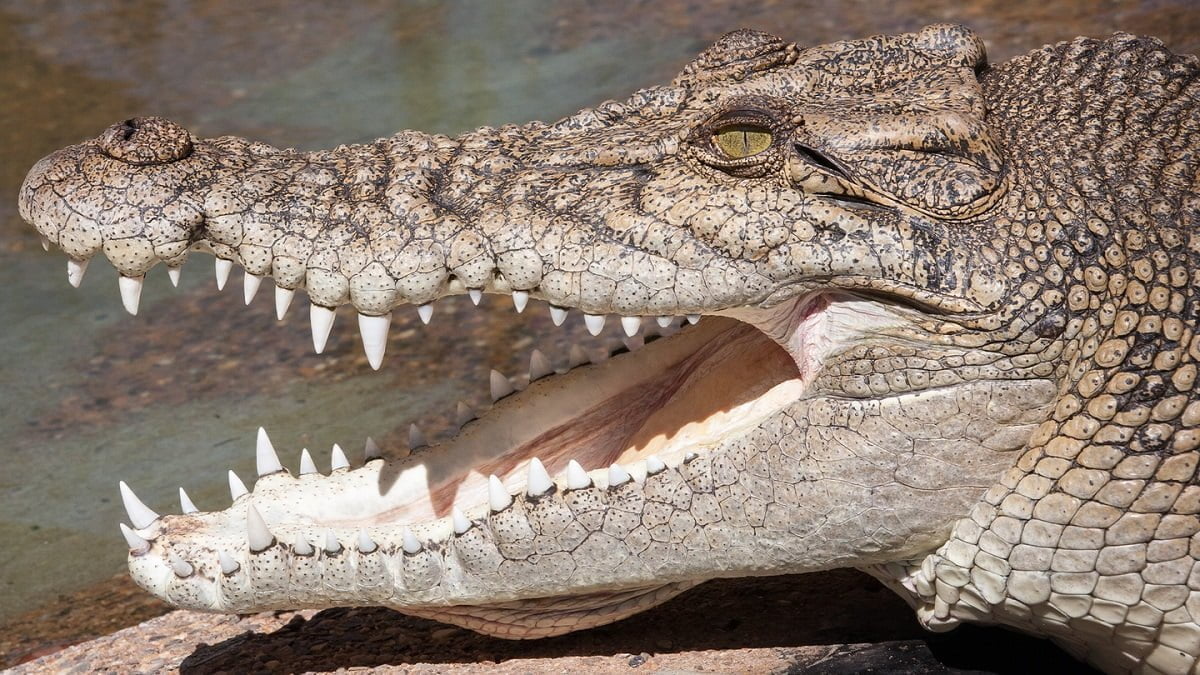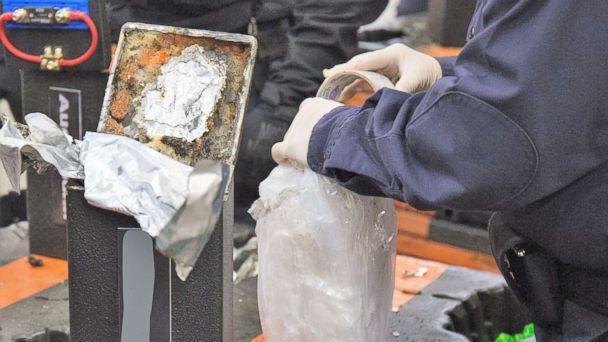Snorkeler pries jaws of crocodile off his head to survive vicious attack
An Australian man who was snorkeling near North Queensland’s coast managed to survive an attack by a saltwater crocodile on May 27, by removing the reptile’s jaws from his head. With a bite force of 3,700 pounds, these reptilian giants in Australia possess the greatest bite force of any creature on the planet.
On the day of the attack, McGowan and a group of friends, including his wife, were snorkeling near the Charles Hardy Islands, which are approximately 25 miles off the coast of Cape York.
“I was attacked from behind by a saltwater crocodile which got its jaws around my head. I thought it was a shark but when I reached up I realized it was a crocodile. I was able to lever its jaws open just far enough to get my head out,” according to a statement from McGowan that the Queensland Government’s hospital service released.
McGowan reported that the crocodile made a second attempt at attacking him, but he was able to fend it off with his right hand, which had previously been bitten by the reptile. After the incident, McGowan was taken to Haggerstone Island, which was approximately 45 minutes away, before being transferred to Cairns Hospital. He sustained injuries to his head and hands, including cuts and puncture wounds, and is presently recuperating.
According to the Queensland Department of Environment and Science, the area surrounding Haggerstone Island is referred to as “croc country.” Visitors are advised to practice “crocwise behavior,” which involves avoiding the water’s edge, disposing of food properly, and keeping pets on a leash. The department cautioned that crocodiles could be present in all waterways in the area, and individuals in smaller vessels, such as kayaks, standing near the water’s edge, or fishing while wading, are at a higher risk of a croc attack. Queensland’s science department is currently investigating the latest incident and emphasizing the importance of promptly reporting crocodile sightings and incidents.
Since 1985, the area has experienced no less than 44 incidents of crocodile assaults on people. In February, there was a non-deadly assault off the Cape York Peninsula during which a man managed to extricate himself from the crocodile’s grip.
According to The Guardian, Billy Collett, who serves as the operations manager at Australia Reptile Park, stated that individuals who manage to avoid crocodile attacks typically scare the reptiles off.
“Crocodiles are the hardest-biting animal on the planet. But when people do fight back, they seem to let go,” Collett said. “McGowan probably scared the croc which realized it grabbed something too big to handle.”
The Australia Zoo, where the renowned crocodile activist Steve Irwin had his home, reports that saltwater crocodiles have the potential to reach lengths of up to 19 feet and weigh a maximum of 2,000 pounds. Their capacity to swim over 500 miles per day makes them challenging to monitor. The creatures are commonly referred to as “salties” by the locals and are predominantly found in the warmer northern regions of Australia. The federal government of Australia estimates that there are roughly 100,000 saltwater crocodiles residing in the northern territories of the nation.
McGowan said that “I live on the Gold Coast and am a keen surfer and diver, and understand that when you enter the marine environment, you are entering territory that belongs to potentially dangerous animals, such as sharks and crocodiles. I was simply in the wrong place, at the wrong time.”
Featured Image: DEPOSIT PHOTOS



